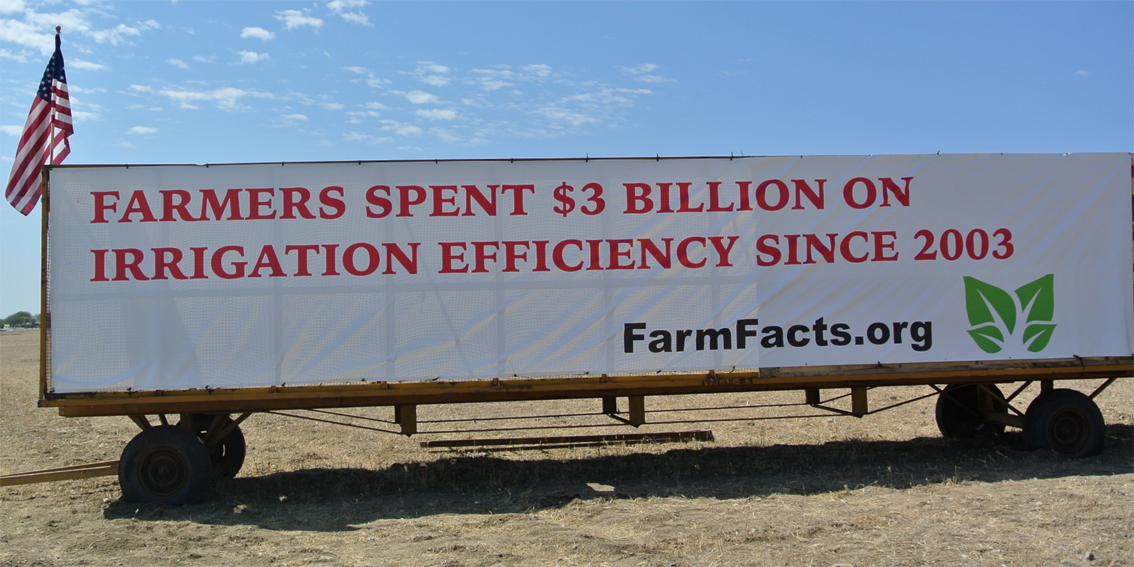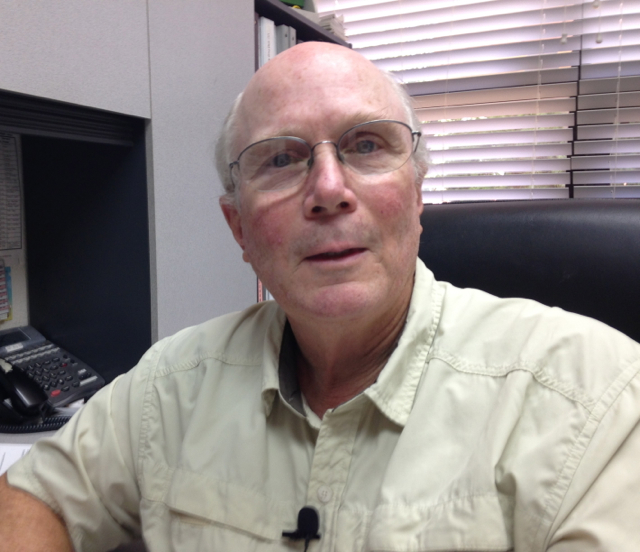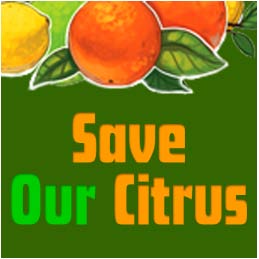Table Grape Nutrition
Kathleen Nave on Table Grape Nutrition
By Charmayne Hefley, Associate Editor
 As consumers have demonstrated a consistent desire to eat more healthfully, food marketing campaigns are increasingly focused on the nutritional benefits of their products. Kathleen Nave, president of the California Table Grape Commission, said the Commission has launched a global campaign to remind consumers about the versatility of grapes, table grape nutrition and why we love them.
As consumers have demonstrated a consistent desire to eat more healthfully, food marketing campaigns are increasingly focused on the nutritional benefits of their products. Kathleen Nave, president of the California Table Grape Commission, said the Commission has launched a global campaign to remind consumers about the versatility of grapes, table grape nutrition and why we love them.
“The campaign we are fielding in the U.S. is the same campaign we are running in 25 markets around the world,” Nave said. “And if you watch the campaign on the television, you will see it portrays the familiar beauty, simplicity, versatility and healthfulness of eating grapes. Everything we do is designed to remind consumers around the world why they love grapes and how easily grapes fit in a healthy diet.”
“Grapes have significant antioxidants and nutrients,” she continued. “And most importantly, families love them. It’s easy to serve grapes either as a snack or as an addition to favorite dishes like salads, pizza, sauces and yogurt. There are lots of ways you can have grapes in addition to eating them fresh out of hand,” Nave said.

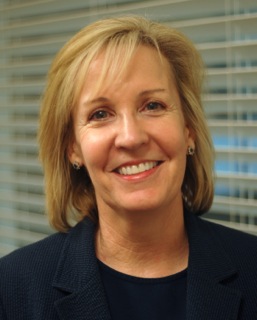
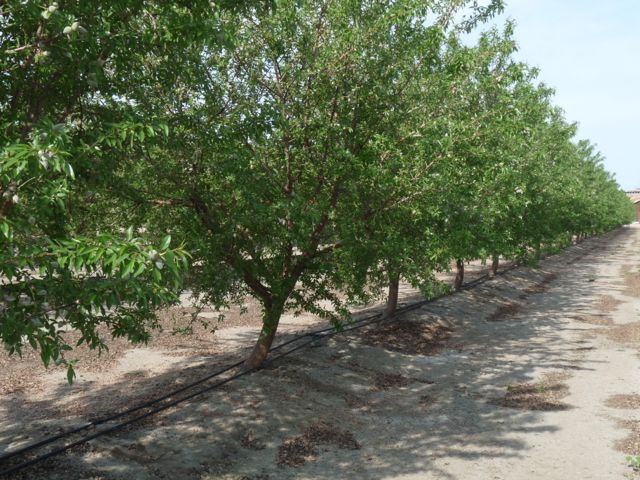



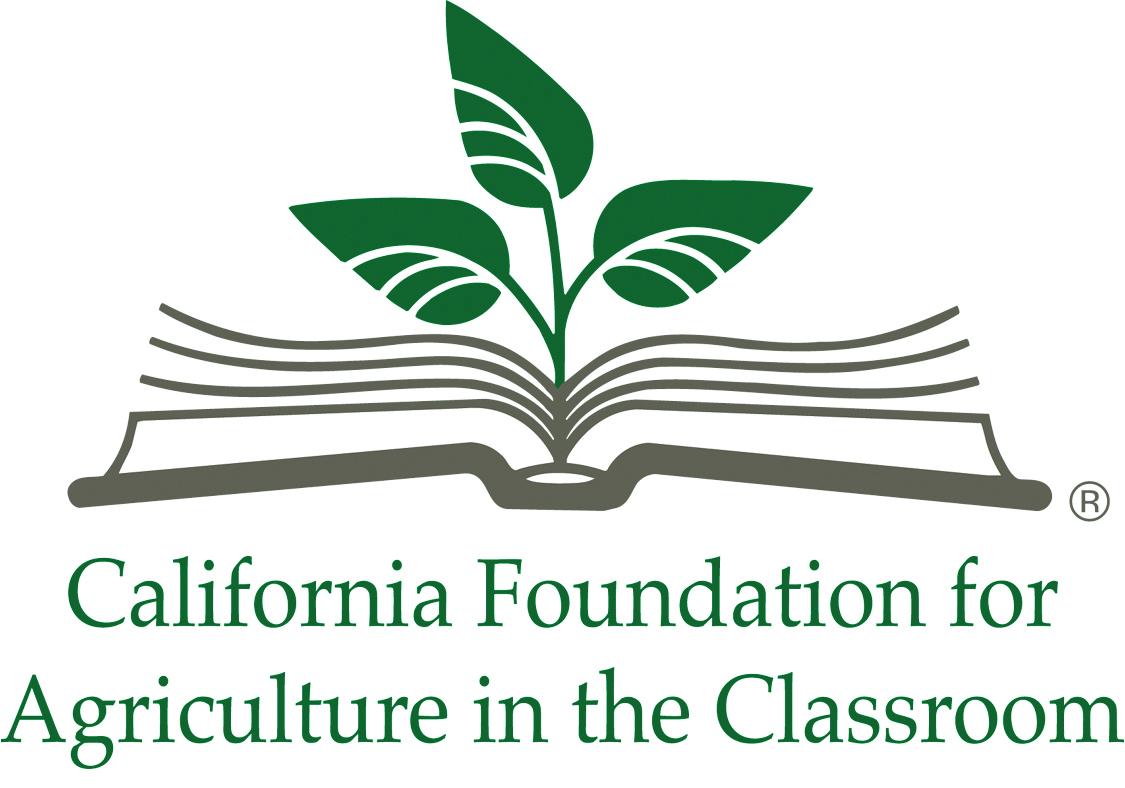
 Kathy Yager, a fifth grade teacher at
Kathy Yager, a fifth grade teacher at  ed consumers in the future.
ed consumers in the future.
 Featured Programs:
Featured Programs:





